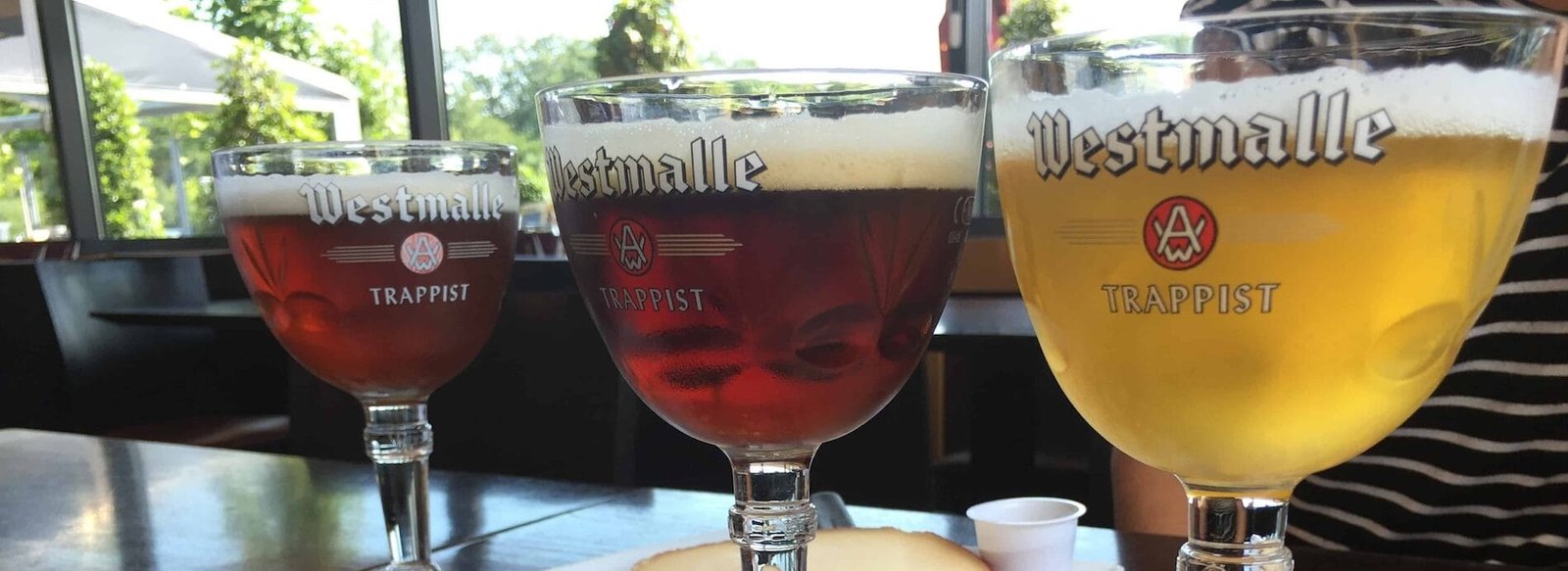Belgian beer is renowned for its complexity and diversity, often celebrated for its rich flavors and unique brewing techniques. While many countries have their own beer traditions, Belgium stands out due to its historical significance, regional variations, and, most importantly, its traditional ingredients. Understanding these ingredients is essential to appreciating the distinctive flavors that characterize Belgian brews. This article delves into the key components that contribute to the unique profile of Belgian beer, highlighting how they interact to create a sensory experience unlike any other.
Barley Malt: The Foundation of Flavor
Barley malt is the cornerstone of most Belgian beers. The malting process involves soaking barley grains in water, allowing them to germinate, and then drying them in a kiln. This process develops the sugars necessary for fermentation and contributes to the beer’s color, body, and flavor.
Belgian brewers often use a variety of malts, including pale, Munich, and caramel malts. Pale malt serves as the base, providing fermentable sugars and a light color. Munich malt adds a rich, biscuity flavor, while caramel malt introduces sweetness and complexity. The balance of these malts can create a spectrum of flavors, from the light and fruity notes found in a Belgian Witbier to the deep, caramelized flavors of a Quadrupel.
The choice of malt also influences the beer’s mouthfeel. For instance, the use of roasted malts can lend a creamy texture, while lighter malts might result in a crisper finish. This interplay of flavors and textures is a hallmark of Belgian brewing, allowing for a wide range of styles, each with its own unique character.
Hops: A Subtle Supporting Role
While hops are often the star of the show in many beer styles, in Belgian brewing, they play a more nuanced role. Traditional Belgian hops, such as Saaz and Styrian Goldings, are known for their mild, earthy, and floral characteristics. These hops are typically added later in the brewing process to preserve their delicate aromas and flavors, contributing to the beer’s overall profile without overwhelming the malt’s sweetness.
The use of hops in Belgian beers often emphasizes balance rather than bitterness. For example, in a Belgian Dubbel, the bitterness is kept low to allow the rich malt flavors to shine through, while in a Tripel, a slight hop presence can add a refreshing quality that complements the beer’s fruity esters. This careful consideration of hop usage is a testament to the Belgian brewer’s skill in crafting harmonious flavors.
Yeast: The Soul of Belgian Beer
Perhaps the most distinctive aspect of Belgian beer is its yeast. Belgian yeast strains are known for their ability to produce a wide range of flavors and aromas during fermentation. These yeasts are often characterized by their fruity esters and spicy phenols, which contribute to the beer’s complexity.
For instance, the classic Belgian Ale yeast (Saccharomyces cerevisiae) can produce notes of banana and clove, particularly when fermented at warmer temperatures. This is especially evident in styles like Belgian Witbier and Hefeweizen. Other strains, such as those used in Trappist beers, may impart more robust flavors, including dark fruit, caramel, and even a hint of earthiness.
The fermentation process itself also plays a crucial role in flavor development. Belgian brewers often employ a technique known as “open fermentation,” allowing the yeast to interact with the environment, which can introduce wild yeast and bacteria, further enhancing the beer’s complexity. This traditional method is a nod to the historical practices of Belgian brewing and is essential in creating the distinctive character of many Belgian styles.
Adjuncts: Adding Depth and Complexity
In addition to the primary ingredients, Belgian brewers often incorporate adjuncts to enhance flavor and aroma. Common adjuncts include spices, fruits, and sugars, each adding a unique twist to the final product.
One of the most popular adjuncts is coriander, frequently used in Belgian Witbiers. This spice adds a refreshing citrus note that complements the beer’s natural fruitiness. Similarly, orange peel is often included to enhance the beer’s aroma and flavor profile.
Fruits also play a significant role in Belgian brewing. Lambics, for example, are often fermented with fruit such as cherries (Kriek) or raspberries (Framboise). The addition of these fruits not only contributes flavor but also adds a layer of tartness that balances the sweetness of the malt.
Sugar is another common adjunct, particularly in styles like Belgian Tripels and Quadrupels. Candi sugar, which is caramelized sugar, is often added to increase the alcohol content without adding excessive malt sweetness. This technique allows brewers to craft strong beers that remain drinkable and balanced.
Water: The Unsung Hero
While often overlooked, the quality and mineral content of water used in brewing can significantly influence the final product. Belgium is home to a variety of water sources, each with its own unique mineral profile. For instance, the water in Brussels is known for its high calcium content, which can enhance the perception of body and mouthfeel in beer.
Brewers in different regions of Belgium often adjust their water chemistry to suit the style they are brewing. For example, a brewer making a light, refreshing Witbier may aim for softer water, while a brewer crafting a robust Stout might opt for harder water to accentuate the roasted flavors. This attention to detail demonstrates the importance of water in the brewing process and its role in shaping the beer’s overall character.
Regional Variations: A Tapestry of Tradition
Belgium’s diverse brewing landscape is characterized by regional variations, each influenced by local ingredients, brewing techniques, and cultural traditions. For example, the Trappist beers produced by monks in monasteries are distinct from the sour ales of Flanders, which are often aged in wooden barrels to develop complex flavors.
In the Walloon region, the use of wild yeast and spontaneous fermentation is common, resulting in unique sour beers that are a product of the local environment. In contrast, the Flemish region is known for its rich, malty ales that often feature caramel and dark fruit flavors.
These regional differences are a testament to the rich tapestry of Belgian brewing tradition, where each style tells a story of its origins and the ingredients that define it. This diversity is part of what makes Belgian beer so captivating, inviting enthusiasts to explore and appreciate the nuances of each brew.
Traditional Ingredients in Belgian Beer: Crafting Distinctive Flavors
The traditional ingredients used in Belgian beer are integral to its distinctive flavors and aromas. From the carefully selected malts and hops to the unique yeast strains and adjuncts, each component plays a vital role in the brewing process. The skill and artistry of Belgian brewers shine through in their ability to balance these ingredients, creating a wide range of styles that cater to diverse palates.
As you explore the world of Belgian beer, take a moment to appreciate the craftsmanship behind each brew. The next time you sip a Belgian ale, consider the journey of its ingredients and the traditions that have shaped its character. In a landscape filled with innovation and experimentation, the traditional practices of Belgian brewing continue to hold a special place, reminding us of the rich history and culture that underpin this beloved beverage.

